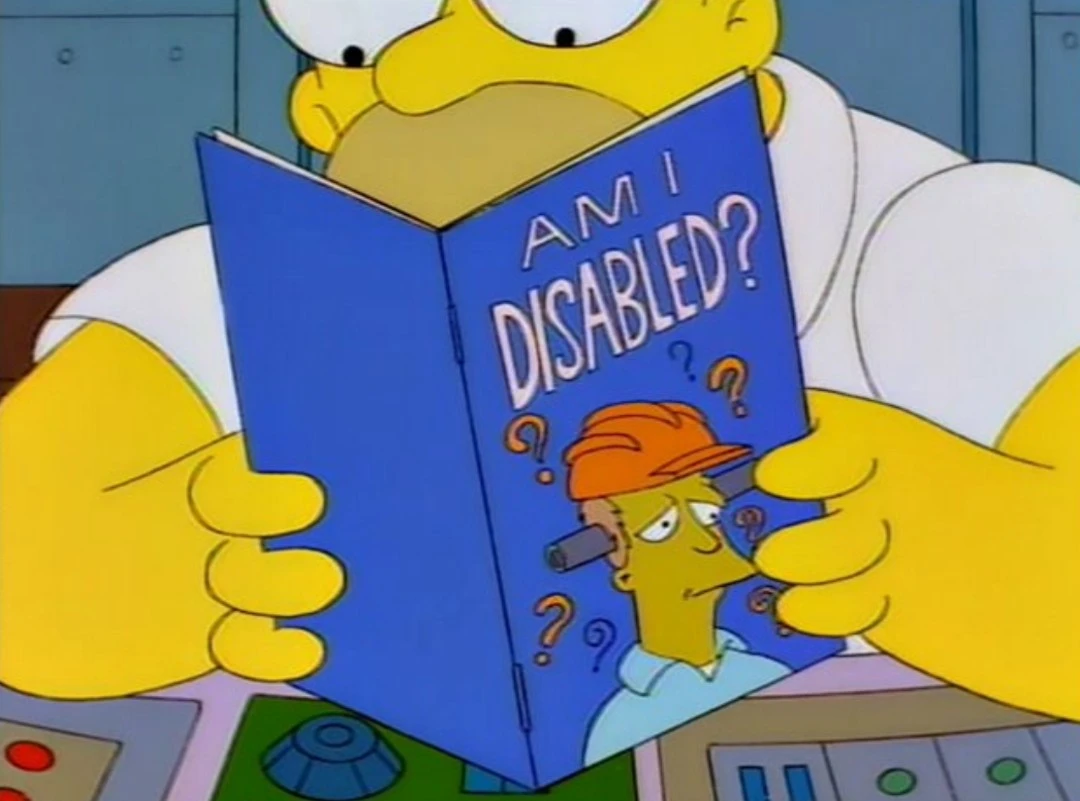Kinda seems like capitalism has been that second image for most of my adult life
I find a spinning top is a good analogy for the system. When it starts out initially, it operates fairly smoothly. Then problem start to accumulate over time, and it develops a wobble, and it just keep getting worse until the whole thing comes crashing down. We might be living through the end period now where the cumulative problems are just too great for a recovery to happen. Each time an economic crash happens, majority of the population is pushed to thinner margins because they are forced to use up their savings, let go of assets, and so on, to get through it. Meanwhile, people at the top see crashes as a Black Fridays where they can swoop in and buy up the assets for pennies on the dollar. Thus, each crash acts as a wealth transfer to the top. When the system recovers, the working majority ends up on thinner margins than before and in a worse position to weather the next crash. Eventually, things get to the point where most people simply can’t make it through the crash, and the spinning top falls over.
You got to clean it up. Took 5-7 years. Person that dropped the pot had that pot insured specifically because they were going to drop it and they had a second one, possibly larger, and just kept on walking.
Seems like we’re overdue.
I hope this is a joke. North American economy has been in a downward spiral for the past 4 years.
Not if you look at the stock market. Which we all know is the most important thing
seems like it’s in progress right now, kind of been a slow motion disaster unfolding since the pandemic
and our tax dollars are the janitor
The secret is to under
cook the onionsregulate the industries.Regulation doesn’t outright stop Capitalism’s self-defeating nature.
It’s basically Crisis Theory in effect.
The recovery following a depression is based on replacement of labor-intensive techniques that have become uneconomic at the low prices and profit margins following the crash. This new investment in less labor-intensive technology takes market share from competitors by producing at lower cost while also lowering the average rate of profit and thus explains the actual mechanism for both economic growth with improved technology and a long run tendency for the rate of profit to fall. The recovery eventually leads to another boom because the lag for gestation of fixed capital investment results in prices that continue such investment until eventually the completed projects deliver overproduction and a crash.
Indeed, and one thing worth adding to this is that the system does not recover to the same state as before after each crash. These events always result in further wealth concentration at the top as majority of the population is forced to let go off assets to make it through the crash, while those at the top are able to scoop them up on the cheap. Thus, the working class ends up in ever more precarious situation and less able to withstand the next inevitable crash. Eventually the whole scheme collapses under its own weight, often in a violent fashion.
(Insert capitalism)







